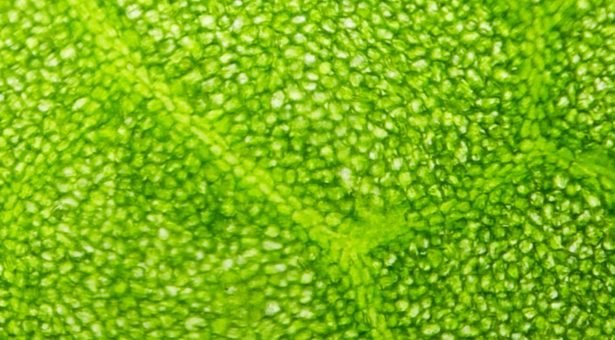How size matters

The beauty of nature is partly due to the uniformity of leaf and flower size in individual plants, and scientists have discovered how plants arrive at these aesthetic proportions.
Researchers at the John Innes Centre in Norwich have discovered that cells at the margins of leaves and petals play a particularly important role in setting their size by secreting a mobile growth signal.
“The remarkable uniformity of leaves and flowers helps us to tell different species apart, such as daisies and marguerites, which look very similar otherwise. We are now uncovering how the genetic blueprint of a species tightly controls the size of leaves and flowers”, says Dr Michael Lenhard, who led the research.
The cells at the margins seem to secrete a mobile growth signal that keeps the cells throughout the leaf dividing. The more of this signal is produced, the larger the leaves and flowers get.
Surprisingly, this signal seems to be distinct from the classical and well-studied plant hormones that are known to influence growth and development.
“As the signal only seems to come in from the margins, we suggest it gets diluted as the leaf or petal grows. Once the concentration falls below a certain threshold, the cells in the leaf or petal stop dividing. This would be a simple way of measuring the size of a growing organ”, says Dr Lenhard. “It’s a bit like adding more and more tonic to a gin and tonic until you can no longer taste the gin.”
Strikingly, animals seem to use the same principle of dilution for measuring size, for example in the wings of a fly, although the molecules used are very different.
Efforts are under way to use this discovery to increase leaf growth in biofuel crops for the generation of sustainable energy and to boost the yield of fruits and seeds.
This research was performed in collaboration with Dr Christian Fleck and his group at the Physics Department, University of Freiburg, Germany, and was funded by the Deutsche Forschungsgemeinschaft and the BBSRC.



